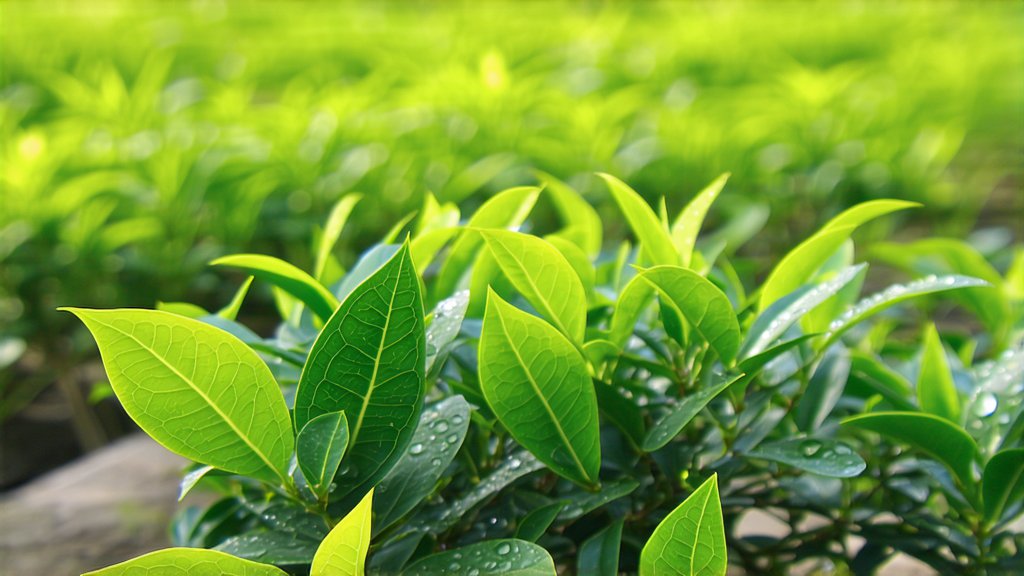
In the vast and diverse landscape of Chinese tea culture, few varieties captivate the senses and imagination quite like Junshan Yinzhen, a revered member of the Huangcha (yellow tea) family. This golden elixir, with its unique processing techniques and delicate flavor profile, stands as a testament to China's rich tea heritage and the artistry of tea making. As we embark on this journey through the world of Junshan Yinzhen, prepare to uncover the secrets behind its creation, explore its historical roots, delve into the intricate process that transforms simple leaves into a treasured beverage, and learn the art of appreciating this exceptional tea.
A Glimpse into History
The origins of Huangcha, including Junshan Yinzhen, trace back over a thousand years, with its development believed to have been influenced by a serendipitous discovery during the production of other tea types. Legend has it that during the Tang Dynasty (618-907 AD), a batch of green tea was left to yellow due to delays in processing, leading to the accidental creation of what would become known as yellow tea. Over time, tea masters refined these early practices, giving birth to the distinct category of Huangcha, with Junshan Yinzhen emerging as one of its most prized representatives.
Named after the mountain range in Hunan Province where it is primarily grown, Junshan, and "Yinzhen," meaning "silver needle" in reference to the fine, downy buds from which it is made, Junshan Yinzhen has long been associated with imperial courts and high society for its exquisite taste and aroma. Its cultivation was once reserved exclusively for the emperor but gradually gained wider recognition among tea connoisseurs worldwide.
The Art of Cultivation and Harvesting
Junshan Yinzhen's journey begins amidst the misty slopes of Junshan, where the unique climate—characterized by cool temperatures, high humidity, and frequent fog—creates ideal conditions for nurturing tea plants. The soil, enriched with minerals from ancient streams flowing through the region, further contributes to the tea's distinctive character.
Harvesting occurs in early spring when the first flush of buds appears, typically around the end of March or early April. Only the tenderest, most succulent buds are handpicked, ensuring that each leaf carries the essence of the mountain's vitality. This meticulous selection process guarantees that only the finest quality leaves make it into the final product, contributing to Junshan Yinzhen's unparalleled delicacy.
The Intricate Processing Techniques
What sets Junshan Yinzhen apart from other teas lies not just in its origins but also in its specialized processing method, which imbues the tea with its characteristic yellow hue and subtle flavors. Here's an overview of the key steps involved:
-
Fixation (Shaoqing): Unlike the immediate pan-firing or steaming used in green tea production, Huangcha undergoes a gentler fixation process. Freshly harvested leaves are lightly pan-fried or steamed just enough to halt oxidation without fully stopping it, allowing a controlled enzymatic reaction that contributes to the tea's unique yellow color and flavor profile.
-
Sweating (Mengcui): After fixation, the leaves are wrapped in cloth or paper and left to sweat under controlled humidity and temperature conditions. This step encourages further enzymatic activity, promoting the development of the tea's signature yellow appearance and mellow taste.
-
Drying: Finally, the semi-dried leaves are spread out and slowly dried using low heat or natural sun drying methods. This careful drying process ensures that the tea retains its moisture content while preserving its delicate flavors and aromas.
Savoring the Symphony of Flavors
To truly appreciate Junshan Yinzhen, one must engage in a mindful tea ceremony that honors both the tea and the drinker's senses. Here are some tips for an optimal tasting experience:
-
Preparation: Use water just off the boil (around 80-85°C) to avoid scalding the delicate leaves. Rinse the teapot and cups with hot water to warm them up before brewing.
-
Brewing: Place approximately 3-5 grams of Junshan Yinzhen per 150ml of water into a Yixing clay pot or a clear glass teapot to admire its beauty as it unfurls. Steep for about 2-3 minutes for the first infusion, allowing subsequent steepings to increase gradually in time.
-
Observation: Notice how the pale yellow liquor glistens in your cup, reminiscent of sunlight filtering through morning mist. The aroma is floral with hints of honey and a whisper of fruitiness.
-
Tasting: Take a gentle sip, allowing the tea to coat your palate. Experience its smooth texture and subtle sweetness, followed by a clean, refreshing finish that lingers on the tongue. Each infusion reveals new layers of complexity, showcasing Junshan Yinzhen's versatility and depth.
Conclusion
Junshan Yinzhen is more than just a tea; it embodies centuries of tradition, craftsmanship, and a deep connection to nature. From its storied past to its meticulous cultivation and processing, every aspect of this Huangcha variety speaks volumes about China's dedication to tea excellence. For those fortunate enough to savor a cup of Junshan Yinzhen, whether nestled within the tranquility of a traditional teahouse or amidst the hustle and bustle of modern life, it serves as a reminder of the simple yet profound pleasure found in a moment of quiet reflection over a steaming bowl of this golden nectar. As you raise your cup, let the wisdom of ages past and the harmony of nature envelop you, offering solace and inspiration with each sip.